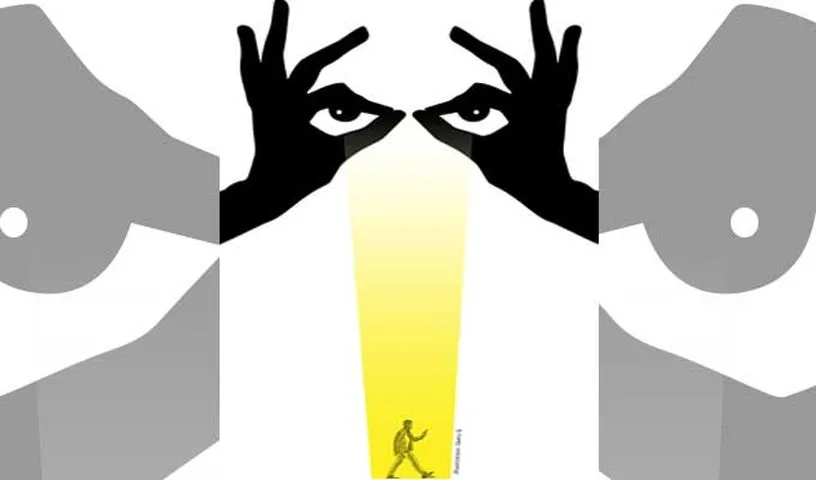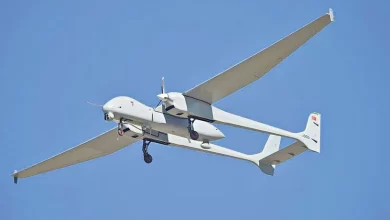World’s most bizarre secret weapons: how pigeons, cats, whales, robotic catfish acted as spies through ages

Expensive research budgets and promising technological advances provide an edge in certain circumstances, but the most effective spy techniques may still rely on the application of quick thinking and bold, fearless action.
Birmingham (UK): (The Conversation) The death of a spy is rarely newsworthy, due to the secrecy surrounding it. But when a white beluga whale suspected of spying for Moscow was found dead in Norwegian waters in September, the animal soon became a minor celebrity.
Hvaldimir (a play on the Norwegian word for whale, hval, and the first name of Russian president) was even given an official autopsy by the Norwegian Directorate of Fisheries.
The whale had been uncovered as a spy in 2019, and is one in a long line of animals which have been used by the intelligence services. Among them was a Soviet programme to train marine animals as spies and assassins, which collapsed in 1991.
The US ran similar experiments with animals, some dating back to the 1960s. One of the CIA’s more unusual attempts to use animals as spies was Operation Acoustic Kitty.
The idea was to implant a microphone and antenna into the cat and use it to eavesdrop on potentially interesting conversations. The test of the “prototype” went horribly wrong when the cat wandered off and was run over by a taxi, leading to the programme being quickly abandoned.
The history of spy pigeons
A more successful example was the use of spy pigeons. Equipped with tiny cameras, pigeons could easily access otherwise restricted areas and “take photos” without arousing suspicion before safely returning to home base using their extraordinary homing ability.
What became a very successful CIA programme during the cold war took its inspiration from British efforts during the second world war.
Over time, technology created opportunities to exploit the stealthiness of animals while eliminating their unpredictability. Project Aquiline aimed to create a bird-like drone fully equipped in the style of more traditional spy planes, but smaller and more versatile so it could get closer to its targets.
Another, even more miniature version was the insectothopter that the CIA developed in the 1970s. Although neither the aquiline or insectothopter designs ever became fully operational, they are acknowledged as forerunners of today’s drones.
Fast-forward to the 1990s, and the CIA’s robotic catfish Charlie emerges as one in a longer line of successfully operationalised underwater drones that are more effective and less vulnerable than the hapless Hvaldimir.
Exploding rat carcasses
But effectiveness is not always best measured in the success of an unusual spy method.
A British second world war plan to use explosive-filled rat carcasses and distribute them to boiler rooms in German factories where they would then explode once shoved into a boiler appeared to be doomed when the first consignment of about 100 dead rats was intercepted by the Germans.







